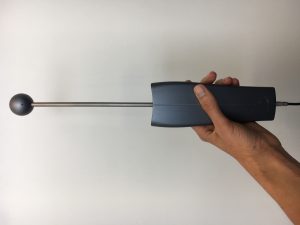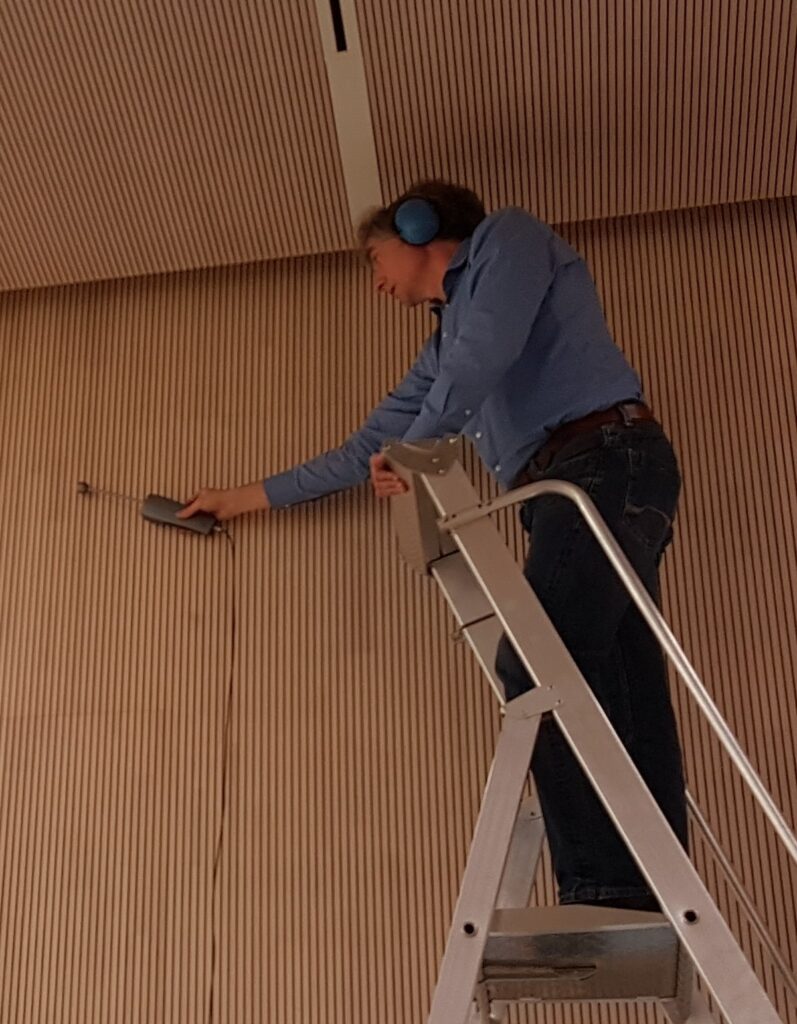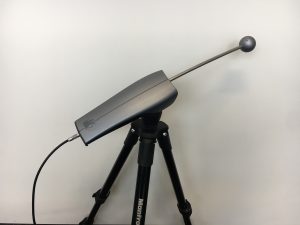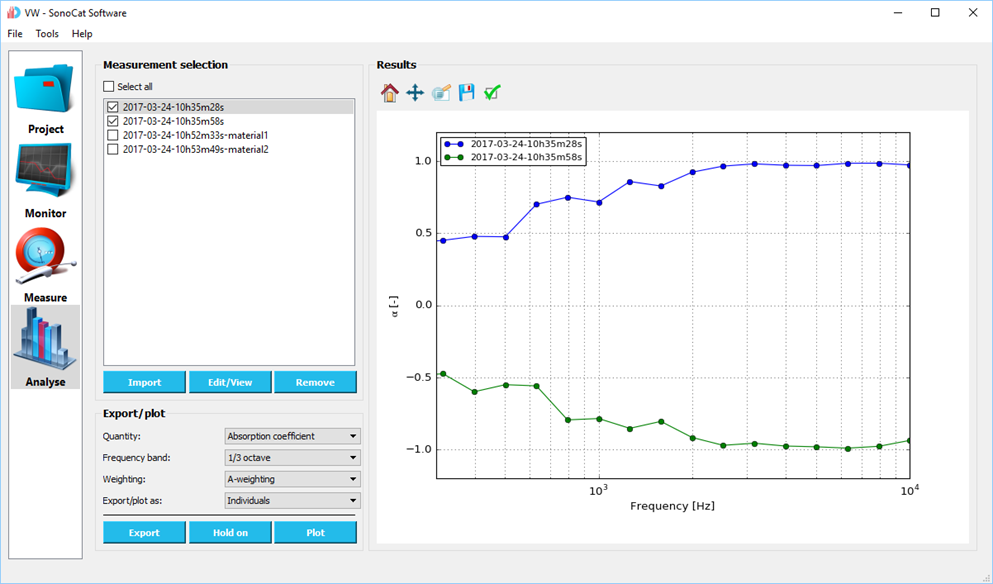Sonocat Sound Level Meter
Sonocat, 3D Sound Intensity, insitu sound absorption
Sound pressure level measurements
The Sonocat is a multifunctional spherical microphone able to measure Sound Pressure Levels (SPL) in stationary sound fields.
Of course, there are some limitations in level in order to preserve the MEMs microphones (and the ears of the operator!), but three common types of frequency weighting are provided to adjust the level according to the situation :
– A-weighting: Frequency weighting based on the relative loudness perceived by the human ear at a sound loudness level of 40 phon.
– C-weighting: Frequency weighting that is more appropriate for higher loudness levels.
– Z-weighting: Frequency weighting at an equal level (0 dB) for all frequency bands (i.e. no frequency weighting).
The overall Sound Pressure Level is computed according to the IEC-61672-1 standard.

SonoCat Software
The SonoCat is easy to use. It can be plugged into any computer via USB where the software suite runs the measurements. A monitoring window displays the measured parameters in the frequency domain in real time and precise measurements can be done with full control over the number of average, FFT window and overlap percentage. The recorded data is stored in a compressed but lossless format and can be analyzed on the fly. The analyzed results are plotted in a graphical interface and can be saved as a picture or exported as a text file.
- Sound pressure level
- Plug-and-play
- Sound intensity level
- Real-time monitoring
- Sound intensity direction
- Data analyses on the fly
- Sound absorption coefficient
- Compressed but lossless data storage

In-situ sound absorption measurements
All current methods to measure the sound absorption coefficient rely on assumptions for the global sound field impinging on the material under investigation. Measurements performed in a laboratory (such as impedance tube or reverberant room) are in a controlled sound environment where the sound field is known and predictable. However, outside the lab the sound field can be hard to control, unpredictable and changing depending on sound sources for example. The capacity of a material to absorb sound depends on the sound source as well as on its environment. Acoustic engineers know how much a material absorbs normal or random incident sound waves, measured in a laboratory, but not for oblique incident sound waves in situ for example. Essentially, acoustic engineers now lack means of measuring the efficiency of the absorption materials where they are applied.
The sound absorption coefficient is defined as the ratio between the active and the incident sound power in relation to a surface S. In classic measurements, the sound pressure and sound intensity are measured in a control sound field, with the assumption that the material under test will behave the same way in an anechoic environment and in-situ. It might not be the case. Instead of considering the global sound field the local-plane-wave method takes the local sound field into consideration and assumes that the normal component of the sound field in each point can be described by an incident and a reflected plane wave. If we assume local plane waves near the surface S, the effective in-situ absorption coefficient can be derived from sound field measurements. We, therefore, do not need to bring the material to a laboratory, we bring the measurement equipment to the actual sound field.






